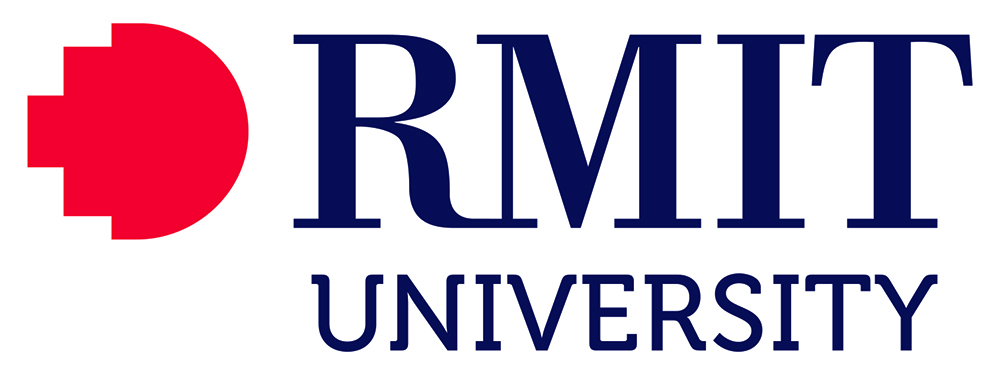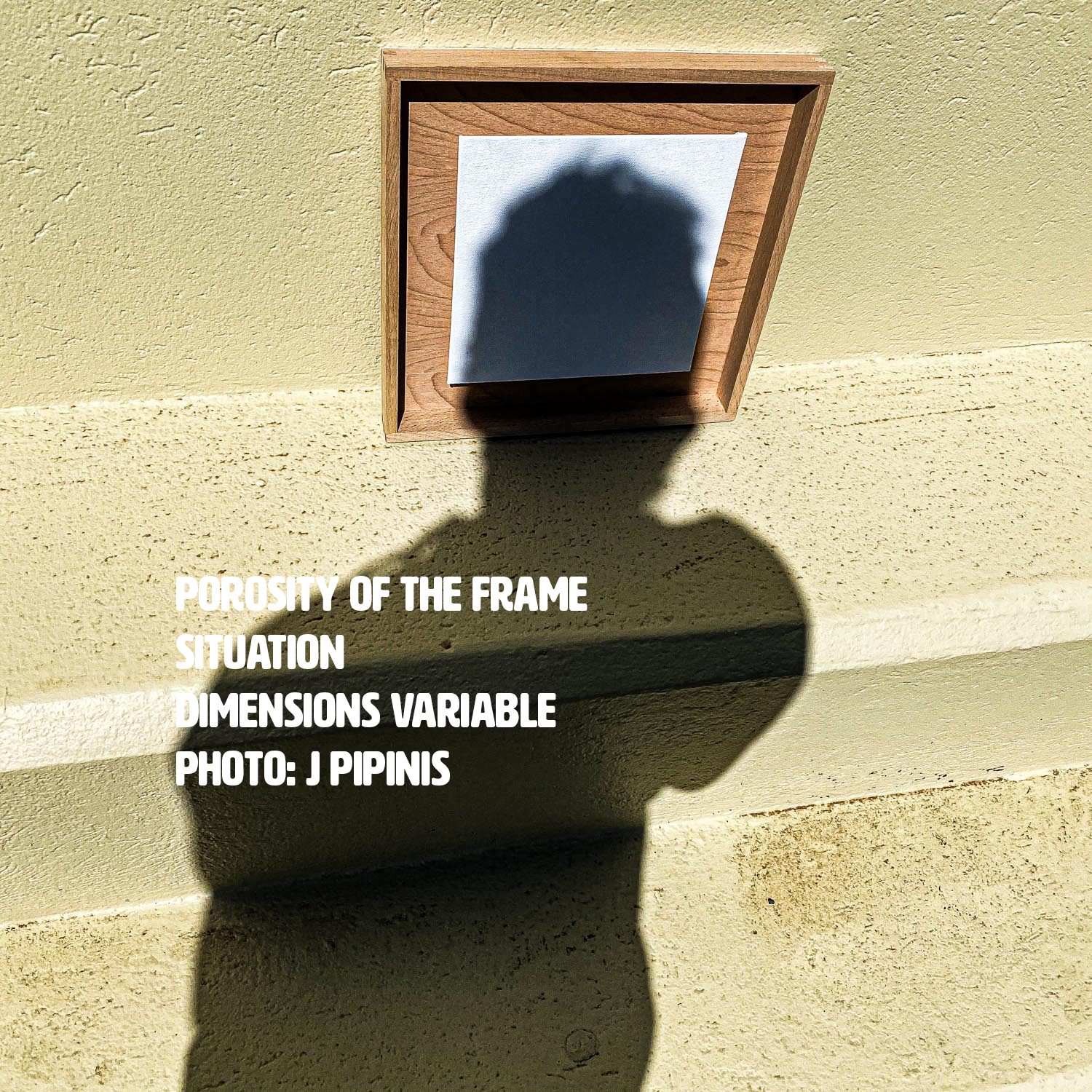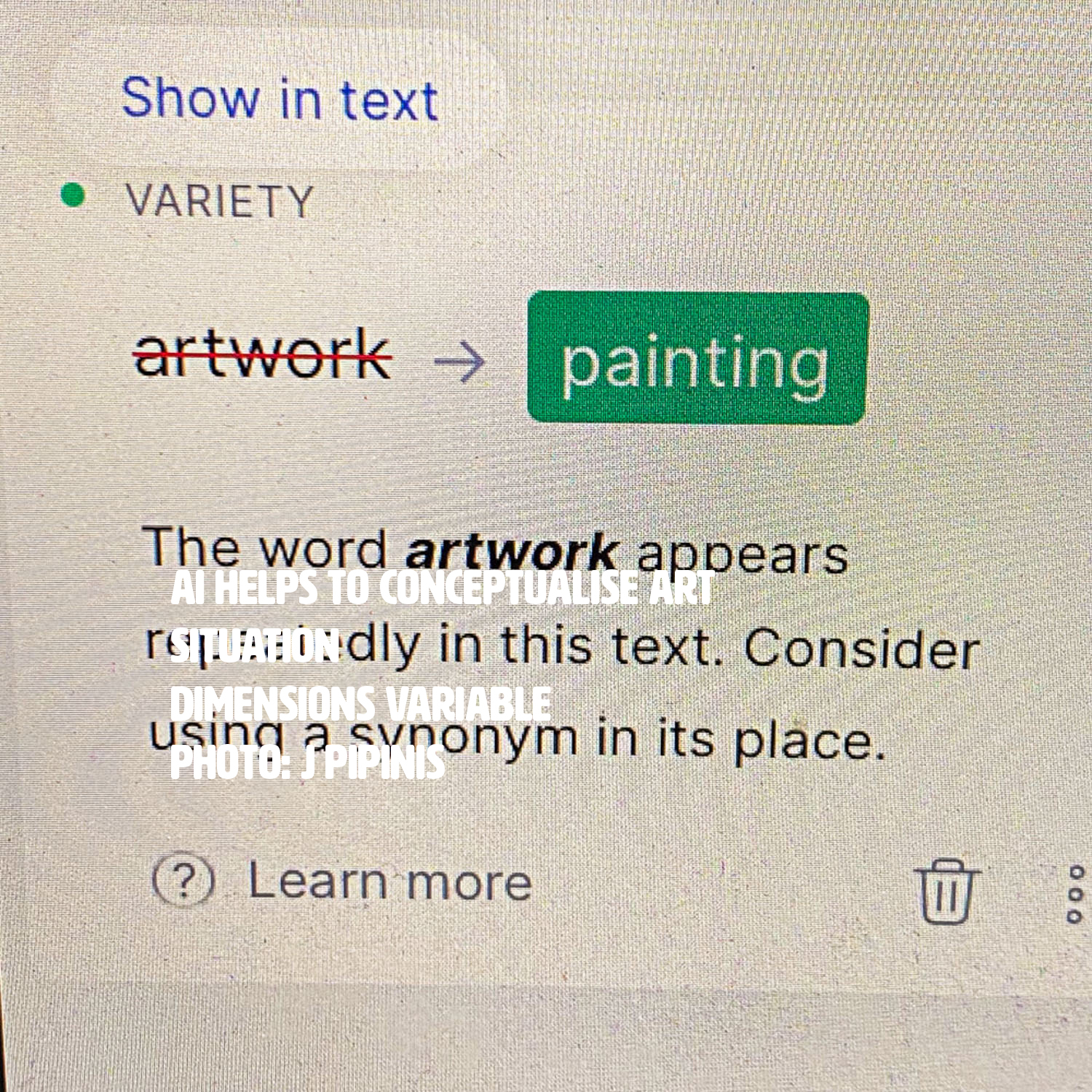Justas Pipinis
Porosity of the frame
Situation
Dimensions variable
Photo: J Pipinis
Video terrier
Situation
Dimensions variable
Photo: J Pipinis
AI helps to conceptualise art
Situation
Dimensions variable
Photo: J Pipinis
Research Abstract
Porosity of the Frame: material experiments on the boundary between art and everyday life
This practice-based research explores how framing facilitates meaning. Typically, framing devices — like the sharp edges of a video projection or the perimeter of a gallery space hosting an installation — are employed to stabilise the composition, distinguishing it as an artwork from its non-art surroundings. This separation guides the audience's attention and prompts the substitution of the artworld conventions for everyday rules. Objects on plinths will rarely be touched, while the murder in "The Death of Marat" is more likely to be interpreted in relation to art historical canons than the Criminal Code. The recognition and efficacy of an artwork appear to hinge on the solidity of the frame. And yet, John Dewey suggests that "the actual work of art is what the product does with and in experience". Jack Burnham describes how Haacke's sculpture "merges with the environment in a relationship that is better understood as a 'system' of interdependent processes". In his white cube critique, Brian O'Doherty discusses "how the context devours the object, becoming it." Here, the frame is no longer solid. The plurality of individual experiences, ongoing interactions with the environment and shifting contextualisation render the artwork dynamic, its framing sketchy and porous. By extension, traditional conceptions of the medium, meaning, artistic intent, authorship, completion, and artistic value get upset. My practice explores the radical openness that this shift of perspective enables. I leave the framing intentionally porous and observe emerging meanings and modes of engagement. It is conceptual art made backwards — creating intrinsically meaningless works as meaning-generating devices, as opposed to Sol Lewitt's ideas as machines that make art. Through this reversal, I am rethinking how art and everyday gain significance in each other in the age where art is increasingly assessed on criteria developed for other fields of human activity.
Bio
Justas Pipinis’ interdisciplinary practice is concerned with the human condition and sense-making. Through playful spontaneity, fuzzy framing and thinking through making, Justas tickles norms and conventions, exploring how we make sense of the world we live in. What gets our attention and why? How do we know what we think we know? Where are our blind spots? How do we deal with the unknown, the complex, the unexpected? Justas was propelled into art practice by his anthropology studies at Stockholm University (Sweden) and Vienna University (Austria). He holds an MFA with Distinction from RMIT (Melbourne, Australia) and has also studied various artistic disciplines at Karlstad University, Konstfack and Umeå Academy of Fine Arts in Sweden. His works have been experienced with and without institutional support in Australia, Austria, Germany, Indonesia, Lithuania, Mexico, Norway, Sweden, United Kingdom, United States, and on the Internet. Justas has undertaken artistic residencies at Not Quite (Sweden) and Bogong Centre for Sound Culture (Australia). Currently, he is a PhD candidate at RMIT University in Melbourne.
s3685049@gmail.com
bodyofwork.art
bodyofwork.fyi
untitled.wtf
s3685049 (vimeo)
s3685049 (soundcloud)



